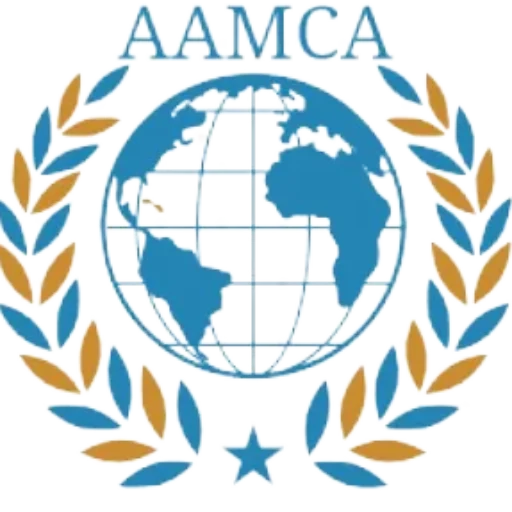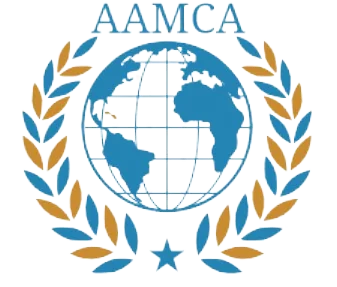A Historical Perspective: The Dawn of Ozone Layer Protection
The journey towards ozone layer protection began in the late 20th century, when scientists first identified the alarming depletion of ozone in the stratosphere. This environmental crisis posed significant threats to human health and ecosystems, leading to an urgent need for collective action on a global scale. In response to mounting evidence, countries convened to formulate strategies aimed at mitigating this critical challenge. This collective effort manifested in two major milestones: the Vienna Convention for the Protection of the Ozone Layer and its groundbreaking addition, the Montreal Protocol.
Established in 1985, the Vienna Convention was pioneering in its recognition that ozone layer depletion posed a global challenge that required international cooperation. It laid the groundwork for subsequent negotiations and provided a platform for nations to share scientific information and establish frameworks for action. The convention highlighted the necessity of understanding the scientific context surrounding ozone depletion, thus enabling countries to acknowledge the urgency of the issue.
Following the Vienna Convention, the adoption of the Montreal Protocol in 1987 marked a significant turning point in environmental governance. This treaty focused on the phased reduction of substances found to be responsible for ozone depletion, notably chlorofluorocarbons (CFCs). The protocol’s implementation saw widespread adherence from nations, with developed countries taking the lead to drastically cut down their CFC emissions, and developing countries receiving assistance to comply gradually. Over the past four decades, the successes of the Montreal Protocol have been remarkable. Scientific assessments indicate a gradual recovery of the ozone layer, affirming the positive outcomes of international collaboration in environmental policy. As a result, the ozone layer is on track to return to its pre-1980 levels by the middle of this century, demonstrating the effectiveness of united global action in addressing the threat of ozone depletion.
Current Challenges: The Need for Urgent Action
The alarming increase in global temperatures poses significant challenges, particularly the peril of exceeding the critical threshold of 1.5 degrees Celsius. Scientific warnings underscore a dire need for immediate and collective action to curb this trend. If temperatures rise beyond this limit, the repercussions on our planet could be catastrophic. These include extreme weather events, escalating sea levels, and debilitating impacts on ecosystems and biodiversity. Such changes would not only threaten the health of the planet but also the livelihoods of billions of people worldwide.
One of the principal contributors to climate change is the potent greenhouse gas known as hydrofluorocarbons (HFCs), which are utilized in refrigeration, air conditioning, and aerosol propellants. While they were introduced as replacements to ozone-depleting substances, they are remarkably effective at trapping heat in the atmosphere, significantly magnifying global warming. The challenge lies in balancing the necessary use of HFCs in our modern lifestyle against the imperative to protect our ozone layer and mitigate climate change impacts.
Effective management of HFCs is critical not only for ozone layer preservation but also for achieving broader climate goals. With rising urgency, international agreements like the Kigali Amendment aim to phase down HFCs globally, however, the implementation of such agreements requires unwavering commitment from nations and industries alike. Failure to act swiftly could lead to a situation where the damage is irreversible, with long-standing effects on future generations.
The time to act is now. Our response to this crisis can dictate the success of global efforts to maintain a stable climate and protect the ozone layer. As the science becomes increasingly clear, the necessity of an integrated approach to manage harmful substances and cut down greenhouse gas emissions has never been more pressing. Activism, policy reforms, and technological innovations are essential to achieve a sustainable future.
The Kigali Amendment: A Path Forward
The Kigali Amendment to the Montreal Protocol represents a significant step forward in the global efforts to protect the ozone layer and tackle climate change. Adopted in 2016, this amendment aims specifically to phase down the production and consumption of hydrofluorocarbons (HFCs), potent greenhouse gases that have a high global warming potential. By committing to this initiative, countries are taking crucial strides towards enhancing the sustainability of our environment while furthering the objectives of international climate agreements.
The goals established by the Kigali Amendment are ambitious yet necessary. Parties to the amendment are expected to gradually reduce HFC usage by approximately 85% over the next three decades. This phasedown is not only pivotal for restoring the ozone layer but also aligns strongly with global climate strategies aimed at limiting the rise in global temperatures to well below 2 degrees Celsius above pre-industrial levels. The commitment to reducing HFCs through the amendment thus provides an essential link between ozone protection and climate mitigation, underlining the interconnectedness of environmental issues.
Incorporating energy-efficient cooling technologies is an integral part of implementing the Kigali Amendment. These technologies are critical in achieving HFC reductions while also promoting greater energy efficiency across various sectors. By transitioning to technologies that are less harmful to the ozone layer and have reduced energy consumption, countries can significantly lower their emissions profile. Furthermore, this transition can stimulate innovation and economic growth by creating new markets for eco-friendly products, thereby aligning environmental and economic interests.
The successful ratification and implementation of the Kigali Amendment herald an era of collaborative global action towards environmental preservation. By addressing the challenges posed by HFCs and promoting advanced cooling technologies, we can solidify our commitment to a healthier planet, thereby ensuring a sustainable future for generations to come.
Recommitment to Our Global Responsibility
The preservation of the ozone layer is an imperative responsibility that falls upon governments, organizations, and individuals alike. As we recognize the critical role the ozone layer plays in protecting life on Earth from harmful ultraviolet (UV) radiation, it becomes increasingly evident that a renewed commitment is essential. Over the years, significant progress has been made in reducing the use of ozone-depleting substances through international agreements such as the Montreal Protocol. However, the journey towards complete restoration and protection of the ozone layer is far from over.
In light of ongoing climate challenges, it is crucial for nations to integrate ozone layer preservation into their national climate plans. This alignment ensures that strategies addressing climate change also acknowledge the need to safeguard our atmosphere. Governments must collaborate and engage with stakeholders to devise actionable initiatives that promote sustainable practices, reduce emissions, and foster environmental stewardship. By doing so, they can ensure that the future resilience of the ozone layer remains secure.
Moreover, individual actions collectively contribute to broader environmental outcomes. Citizens are encouraged to adopt environmentally friendly habits, such as reducing waste, conserving energy, and supporting initiatives that aim to mitigate climate change. Every small step taken contributes to a larger movement towards a healthier planet. Recognition of the interconnectedness of personal, organizational, and governmental responsibilities is vital in maintaining the integrity of the ozone layer.
In conclusion, a recommitment to our global responsibility of ozone layer preservation is not just a necessity, but a moral obligation. It calls for unified action now more than ever. It is imperative that we collectively champion this cause, understanding that every positive action, no matter how insignificant it might seem, plays an integral role in our fight against climate change and environmental degradation. Together, we can protect our planet for the generations to come.




